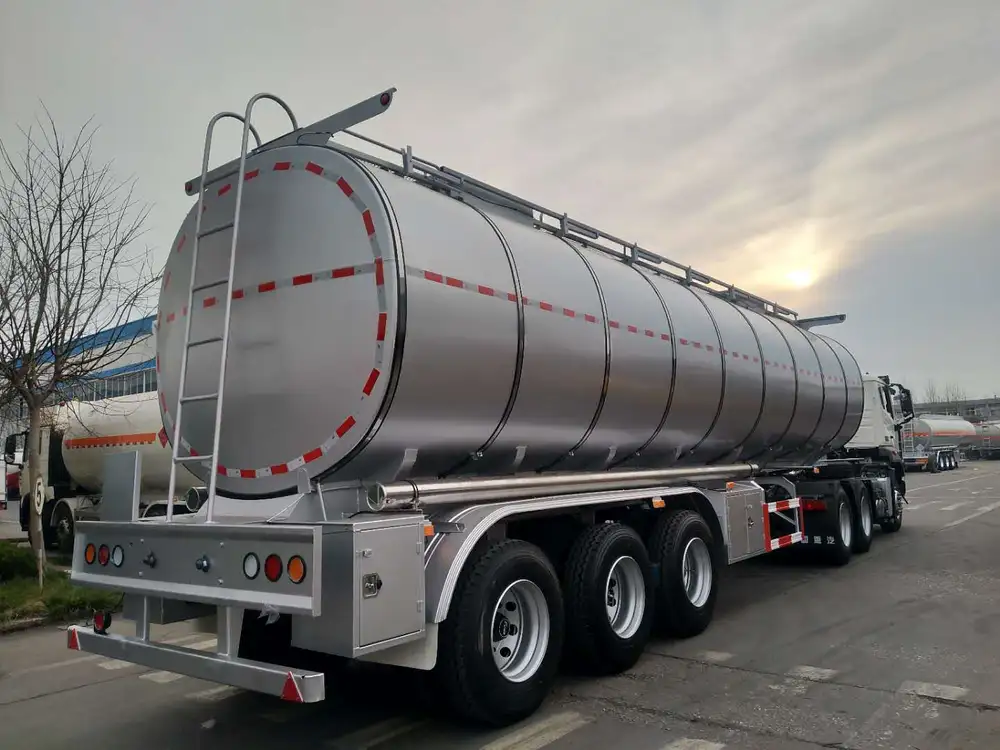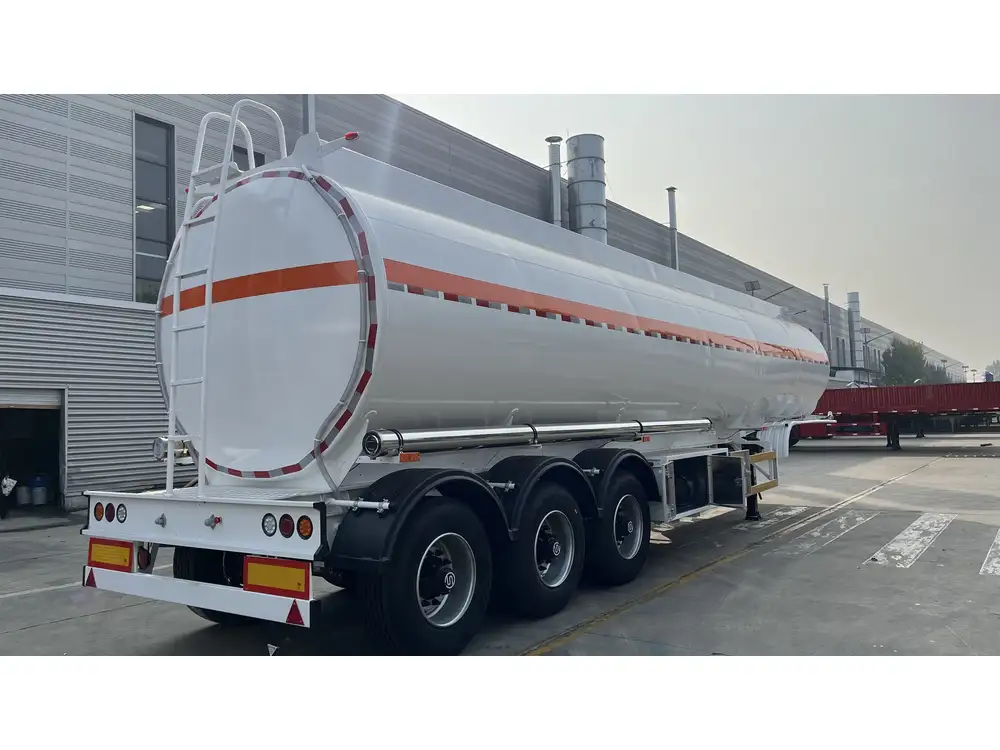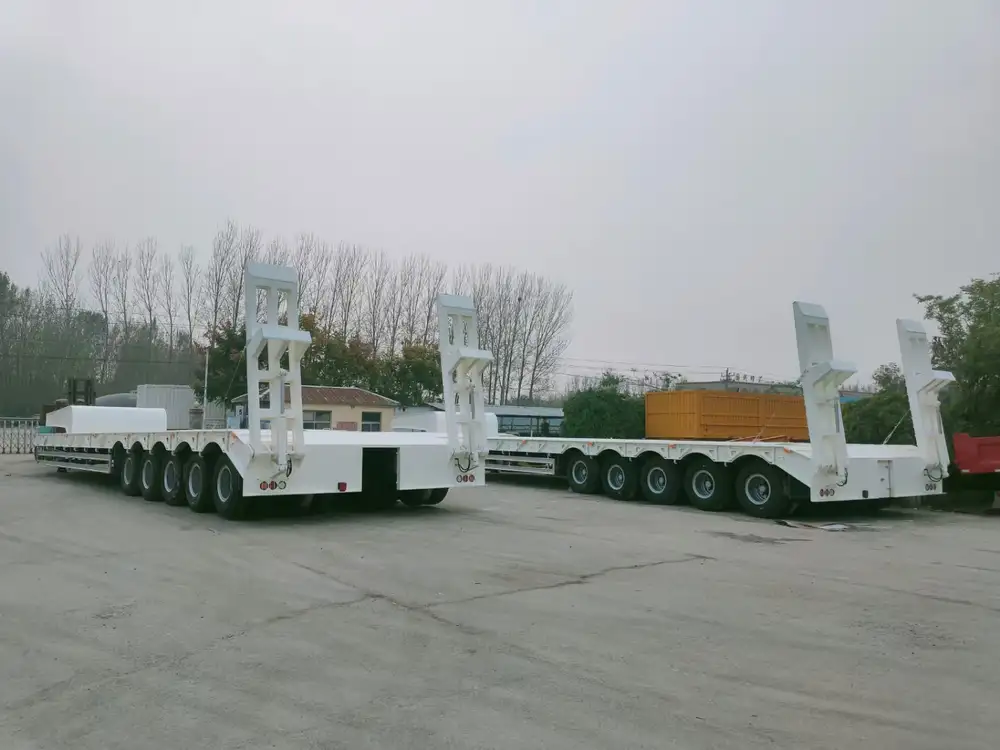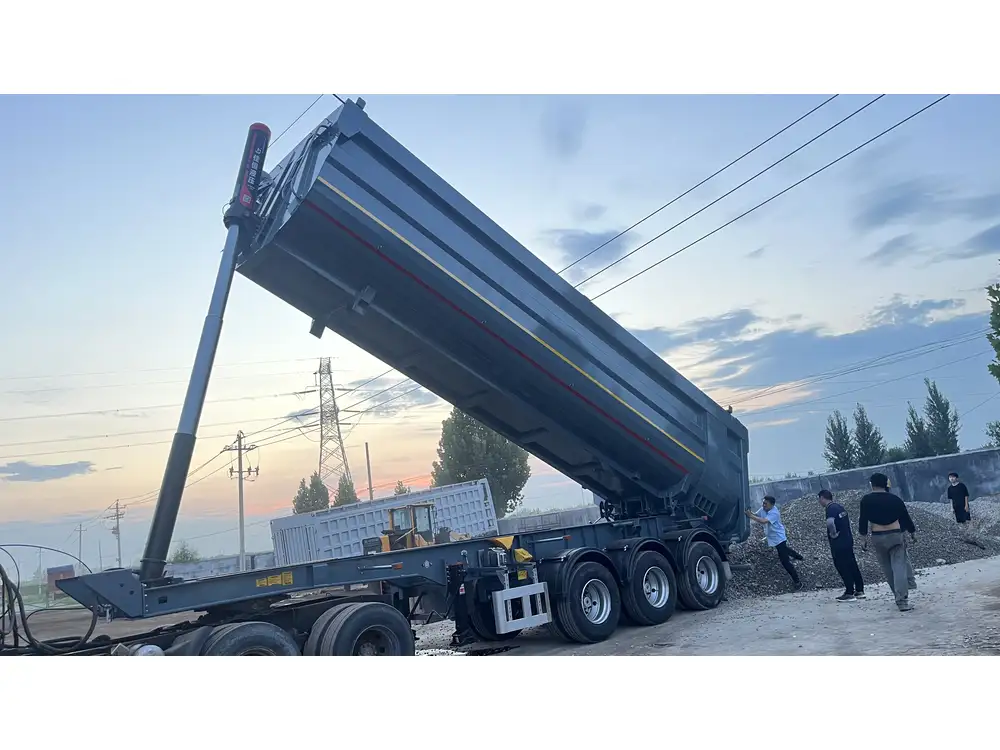Introduction to Tanker Trucks
Tanker trucks, also referred to as fuel trucks, are specialized vehicles designed for transporting liquids. Their robust construction and unique design make them essential assets across various industries, including petroleum, chemical, food, and beverage sectors. Understanding the intricate workings of these trucks is crucial for stakeholders involved in transportation, logistics, and manufacturing.
The Anatomy of a Tanker Truck
A tanker truck typically consists of several critical components:
| Component | Description |
|---|---|
| Chassis | The base structure of the truck that supports the tank and other components. |
| Tank | A cylindrical vessel that stores the liquid being transported, often made of steel or aluminum. |
| Pumps and Hoses | Systems that facilitate the loading and unloading of liquids, including valves for controlled discharge. |
| Safety Features | Equipment including baffles, pressure relief valves, and emergency shutoff systems to enhance operational safety. |
| Wheels and Axles | Specialized wheels designed to bear the significant weight of the tank when filled, also crucial for stability. |

Types of Tanker Trucks
Tanker trucks are not one-size-fits-all; they come in various configurations tailored to transport specific types of liquids. Below, we explore the most common types:
Fuel Tankers
Primarily designed for transporting petroleum products like gasoline, diesel, and jet fuel. These tanks are usually compartmentalized to allow the transport of multiple fuel types simultaneously.Chemical Tankers
Built to transport hazardous liquid chemicals, these tankers are equipped with specialized materials to resist corrosion and ensure safe transport.Food Grade Tankers
These trucks are used for transporting liquid food products like milk, juice, and oils. Constructed from stainless steel, they ensure hygiene and prevent contamination.Water Tankers
Designed for transporting freshwater, water tankers are used in municipalities and construction sites for various applications lacking direct water supply.Liquid Waste Tankers
Utilized for wastewater transportation, these tankers come with robust seals and features for safe disposal practices.
Safety Standards and Regulations
Transporting liquids can pose significant risks; hence, stringent safety regulations govern the transportation of these trucks:
- CFR Title 49: In the United States, this set of regulations mandates specifications for vehicle construction, maintenance, and operation.
- ADR Agreement: For European countries, guidelines are provided under the European Agreement concerning the International Carriage of Dangerous Goods by Road.
- Marking and Labeling: Tankers must be appropriately marked according to the materials they carry to alert other road users.
Key Considerations for Fleet Operators
Operators of tanker trucks face unique challenges compared to other vehicle types. Below are crucial considerations for successful operations:

1. Maintenance Protocols
Routine inspections and maintenance are vital in ensuring the longevity and safety of tanker trucks. Key maintenance practices should include:
- Regular Inspection of tank interiors for corrosion and leaks.
- Brake System Checks to ensure optimal stopping power, especially when carrying heavy loads.
- Tire Pressure Monitoring as well as tread inspections, as tire failure can result in catastrophic consequences.
2. Training for Drivers
Drivers transporting liquids require specialized training to handle the unique challenges associated with tanker trucks, such as:
- Hazardous material handling.
- Techniques for managing liquid slosh which can affect vehicle stability.
- Emergency response procedures for spills and leaks.
3. Route Planning
Strategic route planning is crucial for minimizing risks during transport. Key aspects include:
- Avoiding tight turns and steep grades that could destabilize the truck.
- Using GPS technology for real-time traffic updates and alternate route suggestions.
- Scheduling deliveries during off-peak hours to mitigate congestion-related risks.

Economic Impact of Tanker Trucks
The tanker truck industry plays a pivotal role in the economy, enabling the efficient transportation of vital resources. The economic dynamics include:
| Sector | Economic Impact |
|---|---|
| Fuel Industry | Facilitation of fuel distribution significantly influences energy prices and availability. |
| Food Sector | Ensures the supply chain for perishables, directly impacting food prices and availability. |
| Chemical Industry | Essential for moving raw materials and finished products, influencing production costs and timelines. |
| Municipal Services | Transporting water and waste contributes to public health and sanitation efforts. |
Environmental Considerations
Increasing focus on sustainability and environmental stewardship in the transportation sector has also affected the use of tanker trucks. Some noteworthy trends include:
1. Alternative Fuels
The industry is witnessing a gradual shift towards vehicles powered by alternative fuels, like biodiesel or LNG, to minimize carbon footprints.

2. Emission Regulations
Governments are imposing stricter regulations on emissions from diesel engines, encouraging operators to invest in cleaner technologies.
3. Recycling and Waste Reduction
Tanker operators are developing processes for reusing or recycling liquid waste, thereby contributing to a more sustainable economy.
The Future of Tanker Truck Technology
As technology progresses, several innovations are steering the tanker truck industry towards improved efficiency and safety:

A. Automation and Telemetry
The rise of automated systems equipped with telemetry can provide real-time data on fluid levels, pressure, and temperature, which helps in anticipating and preventing malfunctions.
B. Advanced Safety Features
- Collision Avoidance Systems: These systems can alert drivers to potential obstacles, enhancing road safety.
- Smart Braking: Adoption of intelligent braking systems can improve response times and enhance stability.
C. Telematics Solutions
Telematics tools allow fleet managers to monitor vehicle performance, optimize routes, and improve fuel efficiency, ultimately reducing operational costs and improving service delivery.

Conclusion
Tanker trucks play an indispensable role in transporting essential liquids across various sectors, requiring an understanding of their diverse types, safety considerations, and economic impacts. With advancements in technology and increased sustainability consciousness, the tanker truck industry is evolving rapidly. Fleet operators who prioritize maintenance, driver training, strategic route planning, and embrace innovation are well-positioned to navigate the challenges and opportunities this dynamic industry presents.
FAQs
1. How do tanker trucks differ from standard trucks?
Tanker trucks are specifically designed with a tank for transporting liquids, while standard trucks carry goods in standard containers or flatbeds.
2. What are the safety features of a tanker truck?
Safety features include built-in baffles to prevent liquid slosh, pressure relief systems, and specialized braking systems designed for heavy loads.
3. Are all tanker trucks the same size?
No, tanker trucks come in various sizes, ranging from small trucks for local deliveries to large trucks for long-haul shipments.
4. What types of liquids can be transported by tanker trucks?
Tanker trucks can transport a wide range of liquids, including fuels, chemicals, food products, and water.
5. What regulations govern the operation of tanker trucks?
Regulations vary by region but generally include guidelines related to construction, safety standards, and hazardous materials handling.
In summary, understanding the functionalities, types, and regulatory frameworks governing tanker trucks not only enhances operational efficiency but also contributes significantly to the safety and sustainability of transportation practices across industries.



